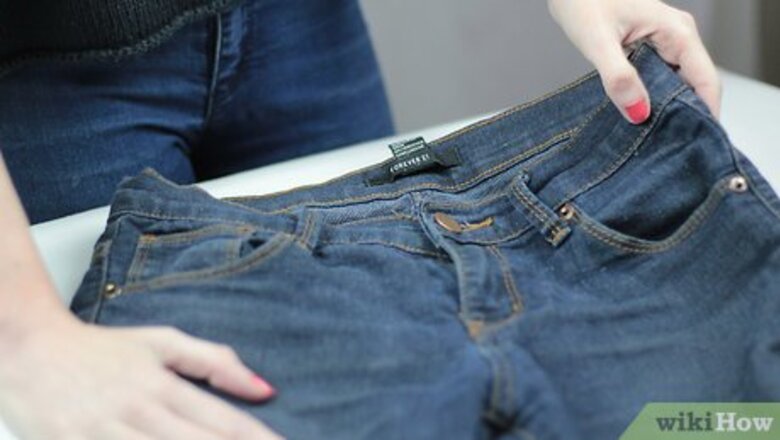
views
Laying Down the Groundwork

Select the jeans you want to distress. You can distress any type of jeans. Choose a pair of jeans you do not mind ripping or fraying. If you've never distressed jeans before, you may want to opt for old jeans you do not mind damaging.
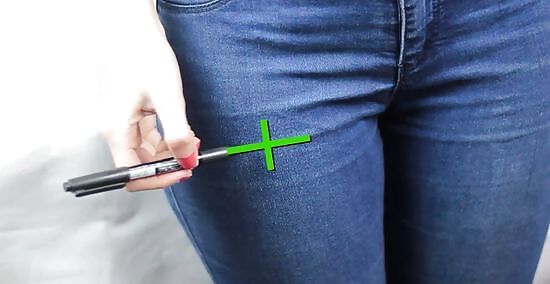
Try on the denim and mark your jeans. The easiest way to see where to distress your jeans is to try them on. Jeans fit everyone differently, so there is no precise rule of thumb regarding where, say, your knees will fall in the jeans. Try your jeans on and mark the areas where you want holes using a pen, marker, or piece of chalk. Jeans are commonly distressed at the knees, back pockets, upper thighs, or at the sides. Mark which area you want to distress. For example, if you're distressing your upper thigh, think about where you would want the rips to show when wearing your jeans. If you've never distressed jeans before, it is not advised that you distress the sides. Side seams are necessary to hold the jeans together so these areas can rip easily. If you do distress along the sides, only make a few tears. If you plan on distressing your back pocket, it is probably not necessary to try the jeans on first.

Find a work station. You should have a flat work station with good lighting. For example, distress your jeans at the kitchen counter. You should also lay something down, like a tarp, to catch any fabric scraps while you're distressing your jeans.
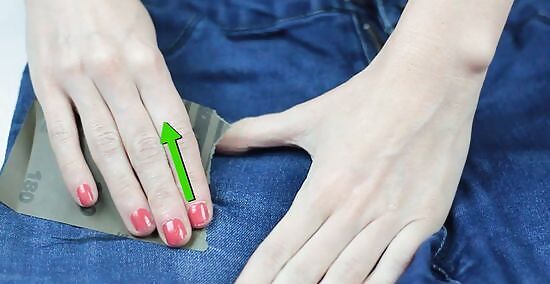
Sandpaper the areas lightly (optional). Sanding the jeans will make cutting and tweezing easier, so sand jeans if your jeans are very thick. Also, sanding can create a faded look. If you want faded colors on your jeans, use sandpaper to lightly sand the areas you're distressing beforehand. Only sand the areas a bit, until the color is just faded and the fabric is worn down slightly.
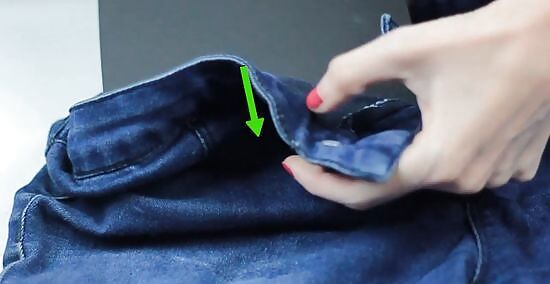
Insert cardboard into the jeans. Take a piece of cardboard and cut it until it fits into the pant legs of your jeans. Insert the cardboard into your jeans. This ensures you do not accidentally cut through to the backs of the jeans. When distressing your back pocket, you can put a deck of cards or block of wood in the back pocket to protect your jeans.
Cutting the Jeans
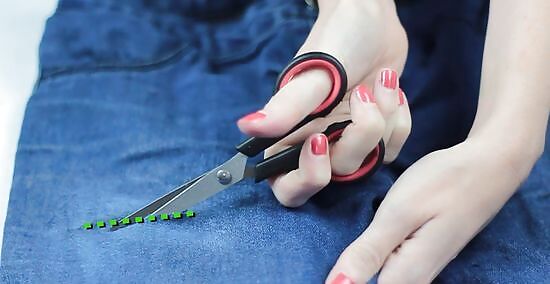
Cut or scrape horizontal slits in the areas you're distressing. Use a shaving razor or a pair of scissors to distress your jeans. If you want clean holes, cut horizontal lines across your jeans. If you want white threads to show, scrape the edge of the blade across the jean to expose white threads. Keep your cuts half an inch to three quarters of an inch apart (about 1.3 to 2 centimeters). Remember, only make a few cuts if you're distressing the sides of jeans and stay away from the side seams.
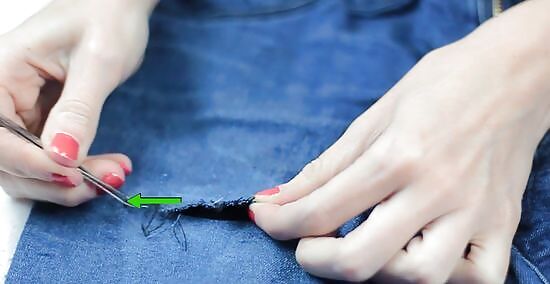
Pull out individual threads with tweezers. Once the cuts are made, pull away excess fabric with tweezers until the holes are covered by bare strands of thread. Pull out as many threads as you can, only working in the areas where you cut. Try to remove all the colored threads so only white elastic threads are spread across the holes. You will not be able to remove all the colored portions of the thread. There may be some fuzz leftover around the edges of holes when you're done as well. However, these come out in the wash, so do not worry if your jeans are not perfect the first time.
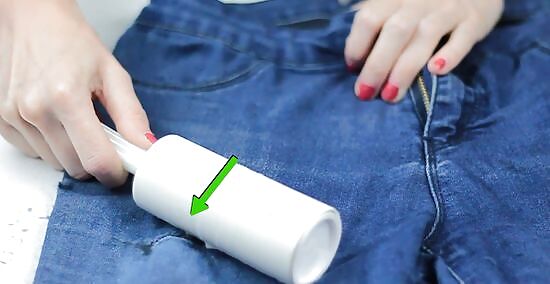
Clean up the area with a lint roller. There is usually loose fabric and thread on the jeans after you cut and tweeze them. Take a lint roller and roll it over the areas where you distressed the jeans. Roll the lint roller as many times as you need to remove excess fabric.
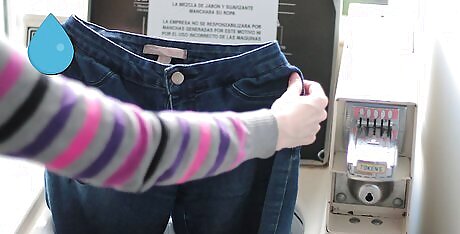
Wash your jeans. Washing the jeans right after distressing will help remove any more debris and thread. Use a cold wash to protect your jeans. Warm or hot water should not be used on distressed jeans. You can dry the jeans as you usually would before wearing them.
Avoiding Common Mistakes
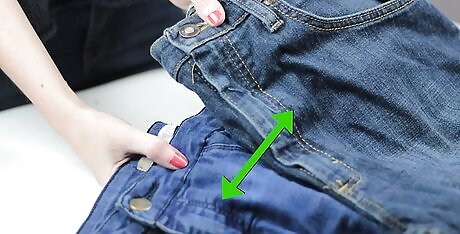
Use the right material. Not all jeans will hold up during the distressing process. Denim jeans come in different weights, starting at six ounces (about .3 pounds). In general, opt for denim jeans that are at least 20 ounces (1.25 pounds) when distressing jeans. These jeans will stand up better to the distressing process. The weight should be written somewhere on the label.
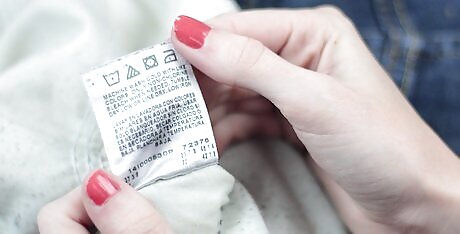
Read the interior label before washing your jeans. Distressed jeans are more prone to damage in the wash, so read their label carefully first. Make sure you know any special care instructions for your jeans. Follow these closely after washing them.

Wash your jeans infrequently. Most jeans do not need to be washed very often. Distressed jeans especially should be washed infrequently to prevent tears. Strive to wash your jeans no more than once a month.
















Comments
0 comment